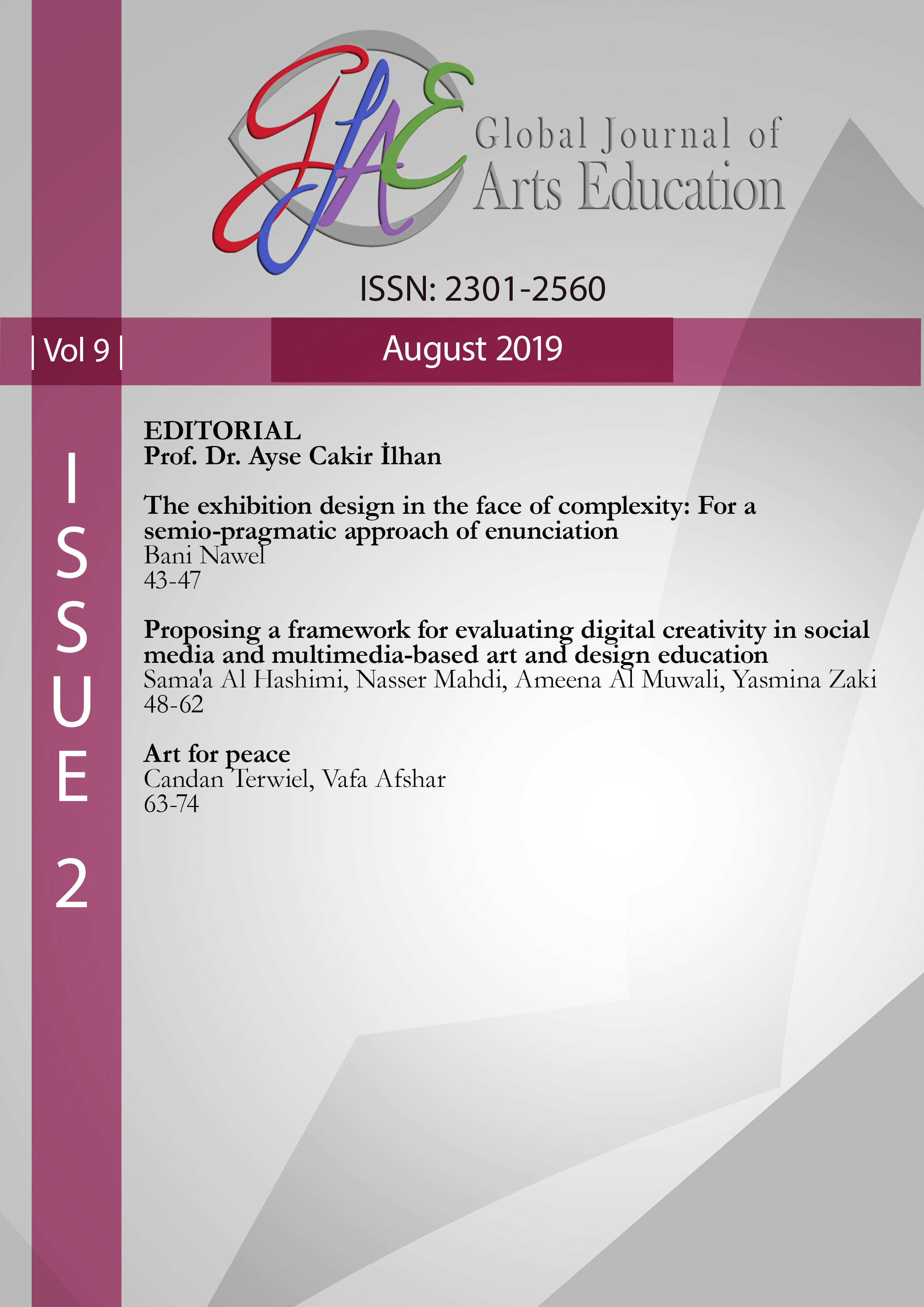
Global Journal of Arts Education
Yazarlar: Manju Sugathan
Konular:-
Anahtar Kelimeler:-
Özet: Over the course of time the designers have mastered the skill that can be applied to resolve a wide range of problems through analysis of a hypothesis using different research methods strategically and iteratively. The task ahead for the new generation designers is to develop designs that are preferable for a broader diverse population who needs personal understanding of their requirements. Critical design thinking could be applied as an approach to favour the designers to focus on future requirements of people and see beyond their ideological constrains in design. Critical design favours the development of critical thinking that supports the personal understanding of a design idea or proposal through expanding the meaning of design thinking. It can be adapted as a method challenging and improving the field of design, in order to achieve best teaching and learning in universities and design colleges. The purpose of the study is to test: by employing critical design method in design education to help the students learn, analyse and evaluate ideas and concepts in a critical manner. Also, it examines critical design as a method for questioning and improving design thinking among students that synergises perfectly with future design thinkers as well as their potential audience. A critical design workshop is conducted in Pearl Academy, Mumbai by the author to test and develop this way of thinking among design students. The workshop results are analysed under Bloom’s taxonomy, which is a set of three hierarchical models used to classify educational learning objectives under analysis, synthesis and evaluation (Torkildsby, 2018). An advantage of critical design, is that the method allows students to temporarily move away from problem solving, focusing on asking questions instead of providing answers – finding problems rather than solving them (Dunne & Raby, 2013, p.7).